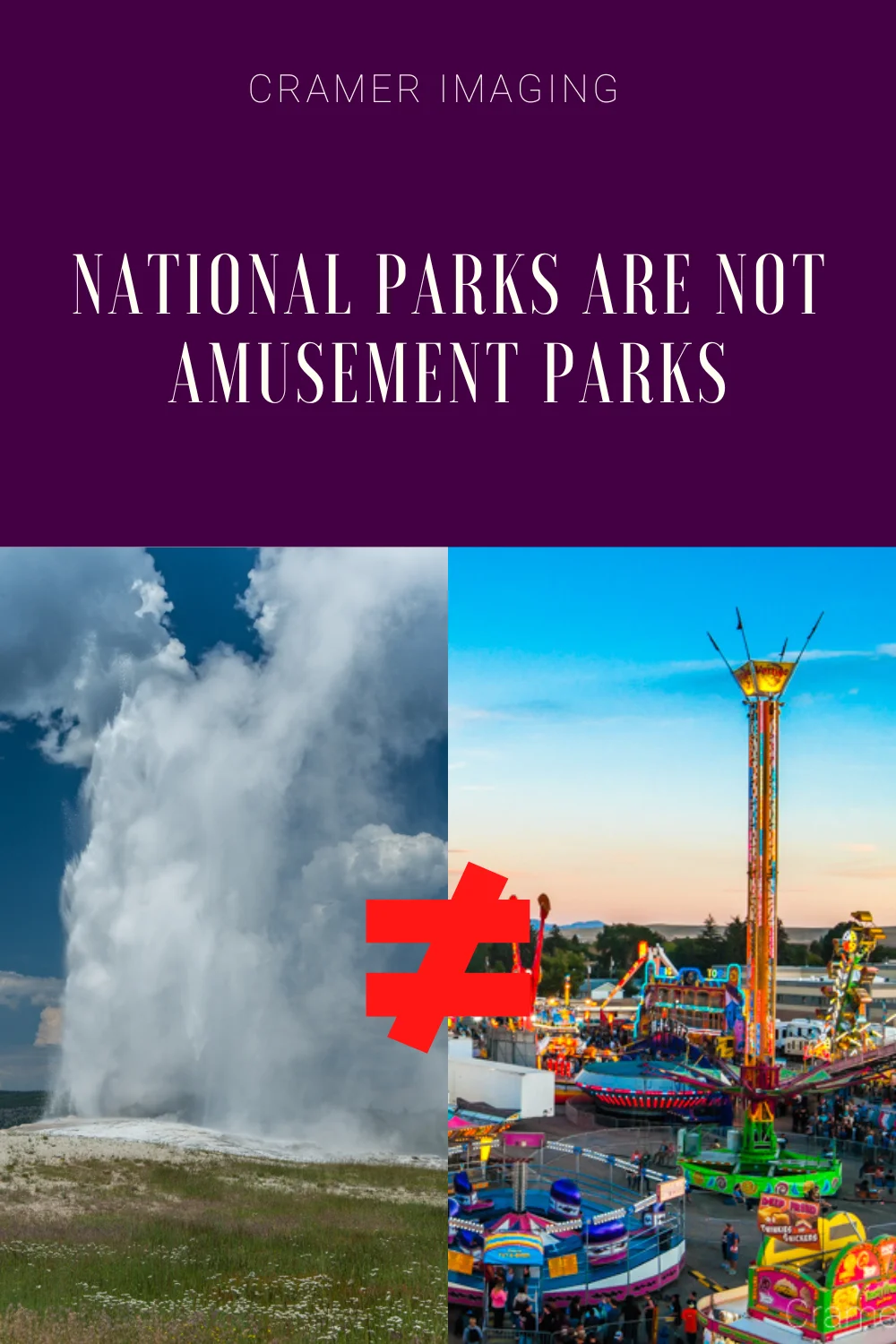
Our national parks are outdoor treasures: wonderful to visit and amazing to see. Some of the most beautiful and inspiring vistas in the U.S. are found within the National Park Service and this is no coincidence. Special effort has been taken to see to find such areas and make them accessible for everyone to enjoy. However, national parks are still very much wild places at heart. They are often called cultivated wild: meaning they have some niceties for humans but the animals are 100% wild animals and will behave as such. However, national parks are not amusement parks.
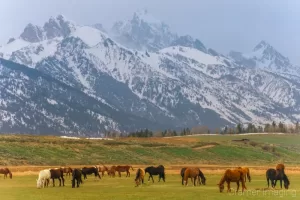
Every summer, we see news reports of lots of unfortunate behavior by tourists while visiting national parks. For example, we’ve seen a tourist ignore park instructions not to mess with the wildlife and place a baby bison in the back of his car to “save” it from being too cold. The mother bison refused to accept it back, and since it had become too used to humans it had to be put down.

Another tourist decided to leave the established path at Yellowstone National Park and fell into a hot pool. Now those particular hot pools aren’t anything close to being spas. They’re hot enough to kill you and cook you in short order. Some of these hot pools are also caustic enough to then eat the flesh off of your bones if it’s too dangerous to get your corpse out for a few days.

Other tourists often treat national parks like a petting zoo. They go to see the local wildlife but then think that the animals are somehow tame. I don’t understand the logic but it might go something like this: they’re in a park so the animals must be ok to pet.
National parks are not petting zoos. Sometimes the tourists get away with it. When they do, they embolden others into thinking that they can do so as well. Eventually, someone doesn’t get away with it when the animal(s) in question becomes annoyed. For example, many tourists are killed or injured when they try to pet a bison. The bison sometimes take exception to it. The results are devastating for the humans involved.

National parks are not amusement parks. The rules in national parks exist to keep you safe and to make sure everyone can enjoy the natural features not only now but also for many years to come. The problem is that a few people think that they’re exempt from the rules of the park and of general politeness. These people end up ruining the experience for everyone else there.
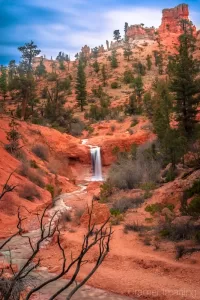
On one occasion we attempted to photograph a waterfall that was part of the irrigation system for the city of the Tropic. Though the irrigation canal is artificial, it looks like a completely natural and beautiful feature. The waterfall is inside Bryce Canyon National Park but it isn’t really part of the park proper.
After a short hike in, we arrived at the waterfall only to find a bunch of kids treating the area like their personal swimming hole while the parents looked on and even were taking pictures/video with their smartphones. These kids ruined our shot and the shots of several other far more respectful people who just wanted a nice snapshot of the waterfall. At least the parents weren’t also having a fit when anyone tried to take a picture of their “precious children.”
We were later able to return and get a far better shot without the families and kids in frame. However, I would experience similar issues upon subsequent returns to the area. One such occurrence involved late high-school or early college-aged girls walking around the waterfall barefooted for selfies.
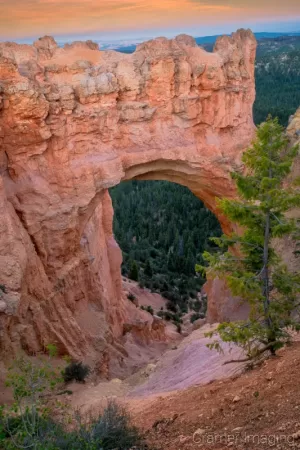 On another occasion, we had a spectacular shot of one of the vantages in Bryce Canyon completely ruined by a large amount of garbage a short way down the canyon. It was in a location that would require someone to rappel part way down the canyon to get to it, and doing so would have damaged a lot of vegetation and some of the rock formations.
On another occasion, we had a spectacular shot of one of the vantages in Bryce Canyon completely ruined by a large amount of garbage a short way down the canyon. It was in a location that would require someone to rappel part way down the canyon to get to it, and doing so would have damaged a lot of vegetation and some of the rock formations.
I’ve also witnessed tourists trying to pick the flowers and throwing rocks at each other. Did you know that removing any rocks, sticks, flowers, archeological artifacts, etc. from a US national park is a federal crime? If you didn’t already, you do now.
Most of the time, I see reasonably respectful tourists acting like tourists. They chase photos or gape at the scene. However, I’ve also seen plenty of poorly behaving tourists in the parks I’ve visited. Such tourists often act like national parks are amusement parks when they are not.
When you go into the outdoors, particularly somewhere that a lot of people go, it is your responsibility to minimize your impact so that they can enjoy it too. In national parks, follow the rules the park has set. Every park is a bit different, but most of the rules are pretty logical.
Don’t assume that the park or camping area is your personal playground. It is a shared resource, and there for all to enjoy.
Don’t do something risky. A national park isn’t a city park. A national park is not an amusement park. It’s not a “safe” place. It is a wilderness area which you are visiting. It is not some type of resort or theme park where there are thrills and fake risk. If you do something that seems risky, that’s because it really is a risky thing to do. A lot of things that don’t seem risky are, in fact, risky behaviors which could end badly for you.
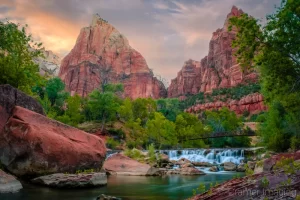
Clean up after yourself. A national park is not a hotel or a resort. It is a wilderness area. The park employees are not there to clean up after you. In fact, your tax-payer money goes to pay these people. Do you want to waste that money?
Don’t treat the other visitors or park rangers like they’re there to serve you. They are not. Many live in or near the park during its busy season. You are a guest in their home, behave as such. This goes double when you are out of the park and back in town. The locals have their own lives and many don’t even work in the tourist industry. They don’t care how much you spent on your trip. They don’t care how important you may think you are. Again, they aren’t there to serve you.
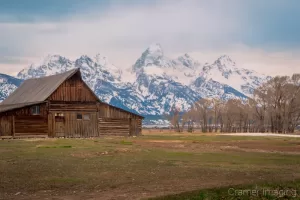
Keep back from wildlife. Bison, bear, and elk are large animals and can hurt or kill you. Smaller animals can carry disease and once habituated to humans are often prone to biting when they don’t get what they want. Yes, you may have seen someone post a picture standing next to a large animal, and it’s often possible. It also sometimes ends up in death.
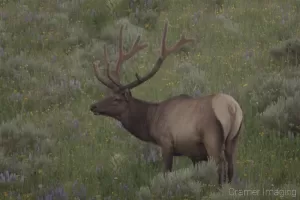
In conclusion, the safety rules in national parks are there for a reason. They’re there to prevent something terrible from happening to you during your visit. Read the rules. Know the rules. Follow the rules and you should have a safe, pleasant, and uneventful trip (at least non-eventful in hospital or morgue visits) in the wild outdoors of the US national parks. Please remember that national parks are not amusement parks.


Receive monthly updates in your inbox from us.

Join our email-only photo of the week club to get the full stories behind how we captured our favorite fine art landscape photos.
We respect your privacy
No More Results
Powered by atecplugins.com